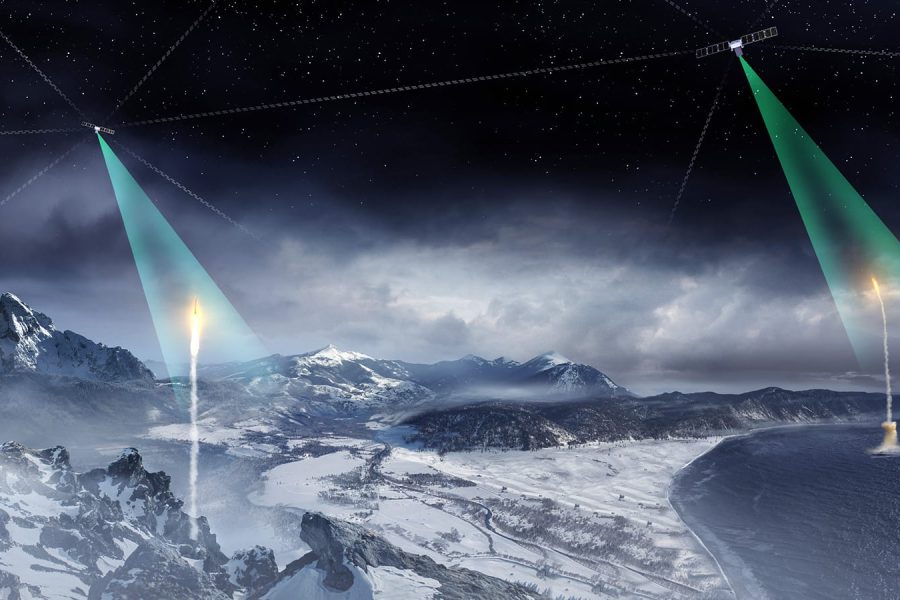
Space Force Cancels 3 Satellites Planned for MEO (Image Credit: airandspaceforces)
The Space Force dropped RTX, the company formerly called Raytheon, from “Epoch 1” of its planned missile warning/missile tracking satellites in medium-Earth orbit June 17. Space Systems Command in Los Angeles cited rising costs and schedule delays for the move.
Two more contractors are still on pace to support Epoch 1: Millenium Space Systems, a Boeing subsidiary, which is on contract to build six satellites; and L3Harris, which contracted to design and build payloads, but not satellites. Millenium passed a critical design review in November and began production, and L3Harris’ payload passed its preliminary design review in April.
An SSC spokesperson told Air & Space Forces Magazine that Epoch 1 is on track “to provide an initial missile tracking capability, prototype several key technologies, and refine operational concepts in MEO.”
Space Systems Command notified RTX of its decision at the end of May. “The RTX Epoch 1 development effort was facing significant cost growth from the original agreement baseline, projecting slips to the launch schedule, and had unresolved design challenges,” the spokesperson said.
SSC could seek to acquire additional Epoch 1 satellites from Millenium or another vendor, but time is short: Epoch 1 launches are to begin in late 2026/early 2027. Alternatively, SSC could also expand its plans for Epoch 2 when it releases its request for proposals, probably in July, the official said.
Epoch 1 contracts were first awarded to RTX and Millenium in 2021. Originally, the plan was for only six total satellites in Epoch 1, but in the 2023 defense spending bill, lawmakers added $130 million to the program to procure more satellites. House of Representatives, aware of the cancellation, are now planning to cut $75.2 million from the program, to account for the canceled contract.
The spokesperson SSC was able to “execute this action without compromising our ability to meet the requirement to provide a resilient missile warning and tracking capability for the nation.”
The Space Force’s missile warning and tracking plans include dozens of small satellites in low-Earth orbit supplemented by some in MEO and a few in geosynchronous and highly elliptical orbits. The Space Development Agency, the Missile Defense Agenc, and SSC are all collaborating, with a combined $4.7 billion investment included in the Pentagon’s fiscal 2025 budget request. Budget documents project spending will increase over the next five years.
RTX remains involved in the Space Development Agency’s low-Earth orbit “Tracking Layer” and the GEO-based Next-Generation Overhead Persistent Infrared (Next-Gen OPIR) program.
For medium-Earth orbit, SSC is following the Space Development Agency’s spiral development approach—contracting for batches of satellites w launches every few years, enabling each batch, or Epoch, to incorporate new technologies as they become available. Similarly, the objectives increase with each new Epoch. For example, Epoch 1 would provide regional missile warning and tracking, while later Epochs will aim to provide more persistent global coverage.








